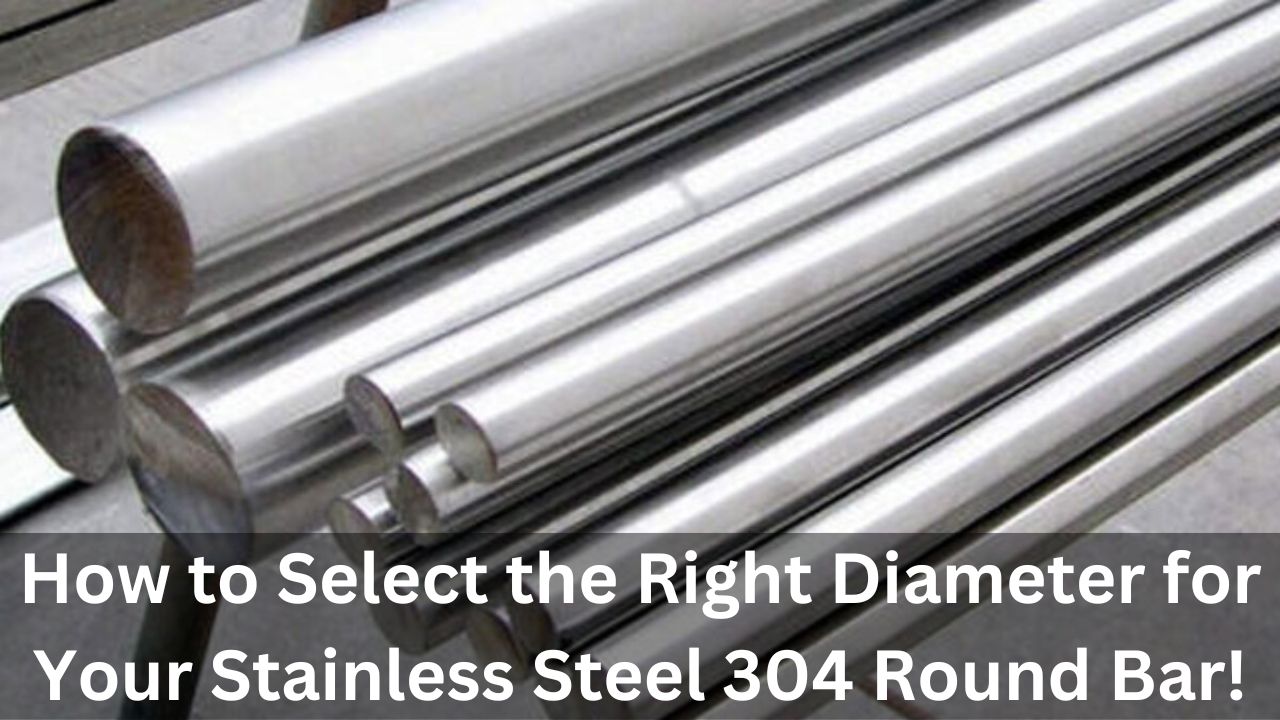Stainless Steel 304 Round Bar is a versatile and widely used material in various industries due to its excellent corrosion resistance, durability, and aesthetic appeal. Selecting the right diameter for your Stainless Steel 304 Round Bar is crucial to ensure optimal performance and structural integrity in your specific application. This comprehensive guide will walk you through the factors to consider when choosing the diameter, helping you make an informed decision.
Choosing the Optimal Diameter for Your Stainless Steel 304 Round Bar: A Comprehensive Guide
Understand Your Application Requirements:
Before diving into the selection process, it’s essential to have a clear understanding of the application requirements. Consider the load-bearing capacity, environmental conditions, temperature variations, and any other factors that might impact the performance of the Stainless Steel 304 Round Bar. The diameter you choose should align with these specifications to ensure the bar meets the necessary standards.
Mechanical Properties of Stainless Steel 304:
Stainless Steel 304 is known for its excellent mechanical properties, including high tensile strength, good formability, and outstanding corrosion resistance. These properties make it suitable for a wide range of applications, from construction to manufacturing. Understanding these mechanical properties will help you determine the diameter required to withstand specific loads and environmental conditions.
Load-Bearing Capacity:
The load-bearing capacity is a critical factor when selecting the diameter of your Stainless Steel 304 Round Bar. Calculate the expected loads and stresses the bar will encounter in your application. The diameter must be chosen to ensure that the bar can withstand these forces without experiencing deformation or failure. Consulting with a structural engineer can be beneficial in determining the appropriate diameter based on your load requirements.
Corrosion Resistance:
One of the key advantages of Stainless Steel 304 is its exceptional corrosion resistance. Consider the environment in which the round bar will be used – whether it’s exposed to harsh chemicals, moisture, or other corrosive elements. Choosing a diameter that provides sufficient material thickness will enhance the corrosion resistance and longevity of the Stainless Steel 304 Round Bar in such conditions.
Machinability and Fabrication:
The machinability of Stainless Steel 304 should also be taken into account when selecting the diameter. Thicker bars may pose challenges during machining, while thinner bars might lack the necessary strength. Evaluate the fabrication requirements of your project and choose a diameter that strikes the right balance between machinability and structural integrity.
Temperature Considerations:
Stainless Steel 304 Round Bar exhibits good performance across a broad temperature range. However, extreme temperatures can affect material properties. If your application involves temperature variations, choose a diameter that ensures the Stainless Steel 304 maintains its mechanical strength and corrosion resistance under those conditions.
Standards and Regulations:
Adhering to industry standards and regulations is crucial for ensuring the safety and reliability of your project. Check relevant standards for Stainless Steel 304 Round Bar and select a diameter that complies with these guidelines. This step is especially important in applications where specific load-bearing capacities and tolerances are mandated.
Cost Considerations:
While it’s important to prioritize performance and compliance, cost considerations also play a role in the selection process. Thicker Stainless Steel 304 Round Bars generally cost more due to the increased material requirements. Evaluate your budget constraints and strike a balance between cost-effectiveness and meeting the performance criteria for your application.
Consult with Experts:
If you find the selection process challenging or have specific requirements that need expert consideration, don’t hesitate to consult with metallurgists, engineers, or suppliers specializing in stainless steel products. Their expertise can provide valuable insights and ensure you make an informed decision regarding the diameter of your Stainless Steel 304 Round Bar.
Conclusion:
Choosing the right diameter for your Stainless Steel 304 Round Bar is a critical step in ensuring the success of your project. Consider the mechanical properties, load-bearing capacity, corrosion resistance, machinability, temperature considerations, adherence to standards, and cost factors. By carefully evaluating these aspects and, if necessary, seeking expert advice, you can confidently select a diameter that meets your application’s specific requirements, ensuring the longevity and performance of the Stainless Steel 304 Round Bar in your project.


